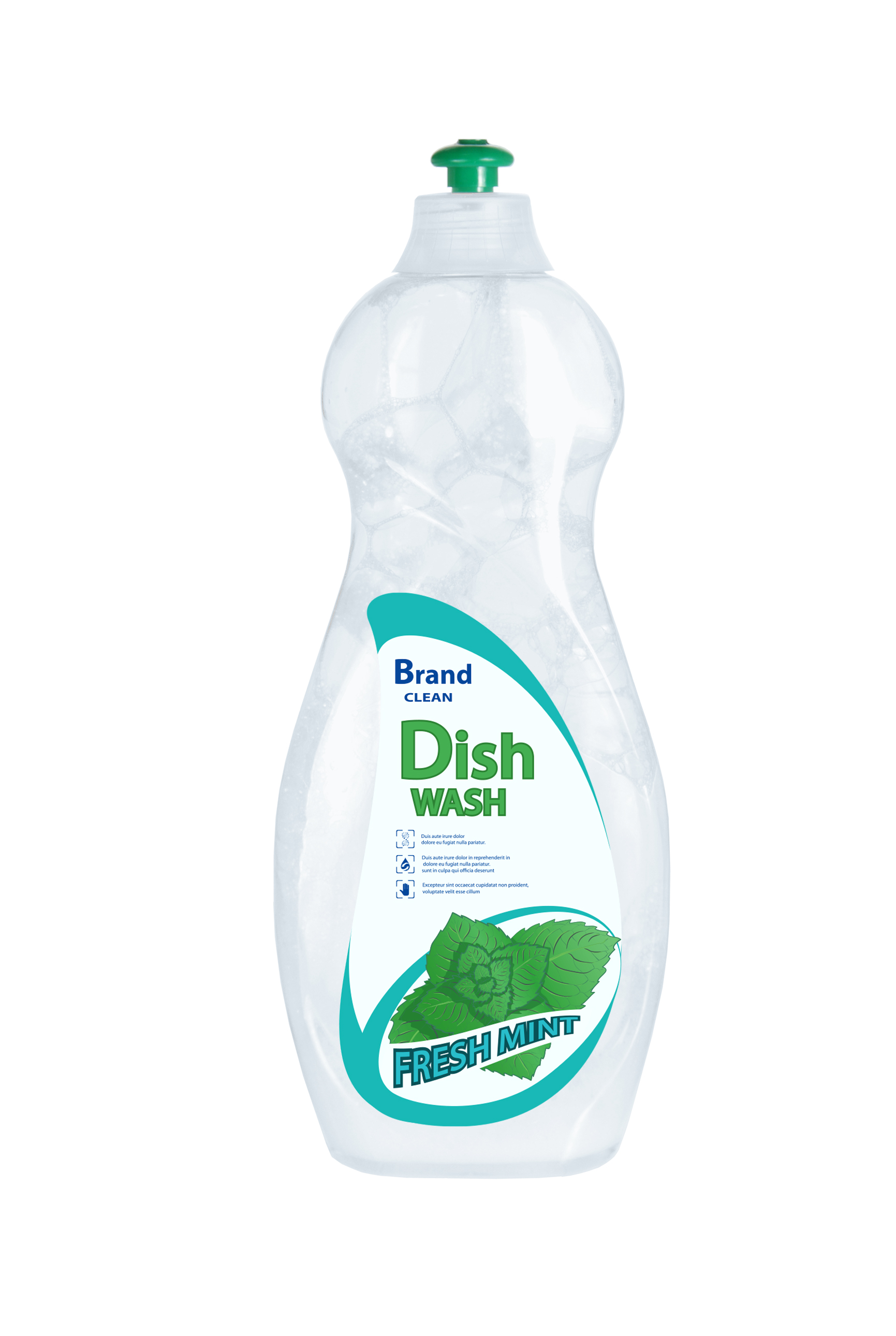PET bottle becomes PET bottle becomes PET bottle - this is no longer a utopia, but a real possibility. With a new special wash-off adhesive for labels, HERMA makes it possible for very pure PET granulate to be produced during recycling, without any annoying residues of paper or film labels or adhesive residues. Such closed material cycles - instead of the usual downcycling - are among the most important requirements when it comes to sustainable management. The fo-cus has long since included not only PET beverage bottles, but also, for example, detergent bottles, soap dispensers and cans for food and cosmetics. The HERMA pressure-sensitive adhesive with the designation 62Rpw is distinguished by its reliable adhesive strength and high resistance to moisture.
Nevertheless, it can be completely removed during the usual industrial cleaning processes. HERMA has succeeded in combining these previously contradictory properties thanks to its innovative multi-layer technology. The intermediate layer ensures that the pressure-sensitive adhesive is securely anchored to the label material and can therefore be completely removed from the PET surface. The novel pressure-sensitive adhesive will initially be available with a wet- and alkali-resistant paper and a PP film: certificates from the cyclos-HTP Institute are now also available for the HERMAcoat greaseproof (grade 228) and HERMA PO transparent (grade 846) label materials, certifying their recyclability in conjunction with the 62Rpw pressure-sensitive adhesive. HERMA expects to receive corresponding certificates shortly for two further label materials made of film - HERMA PP white extra tc (grade 880) and HERMA PP 50 transparent tc (grade 885). All are materials for use on PET containers. In the HERMA laboratory, these label materials with 62Rpw pressure-sensitive adhesive have achieved a washing rate of 100 percent in accordance with the strict specifications of Petcore's "Test Protocol Version 1.4". This is a European association that covers the entire supply chain: from the PET manufacturer and user to the PET recycling company.
Material cycle largely closed
The recycling of PET containers is particularly interesting for reasons of sustainability: "PET is the only plastic that can also be processed as a post-consumer material into a regranulate by means of an appropriate recycling process that meets the legal requirements for a material that comes into contact with food," clarified the Institute for Energy and Environmental Research in Heidelberg (Ifeu) in a 2017 study commissioned by the German Nature Conservation Association (Na-turschutzbund Deutschland). Above all, PET can be recycled not just once, but again and again, as the authors of the study emphasize: "Material from a disposable PET bottle for reuse in the bottle (bottle-to-bottle) is very likely (collection rate of 98% in Germany) to be available for further use. From a purely technical point of view, multiple recycling is only limited by the enrichment of additives in PET". If this material cycle is largely closed, the authors of the study also see a positive ecological balance: "PET disposable bottles optimised accordingly can achieve a good environmental rating... However, successful PET recycling can only take place if the input fraction fulfils certain quality criteria with regard to material purity".
All impurities separated
HERMA's special multilayer adhesive 62Rpw makes the recycling of PET plastics simple, efficient and therefore cost-effective, as it supports a clean and quick removal of labels during the washing process within the recycling process. "The fact that the label can simultaneously remove all impurities, especially printing inks, makes it a crucial part of the solution, not only in the labelling of the binding, but also in the recycling process," emphasises HERMA Development Director Dr Ulli Nägele.
www.herma.com
